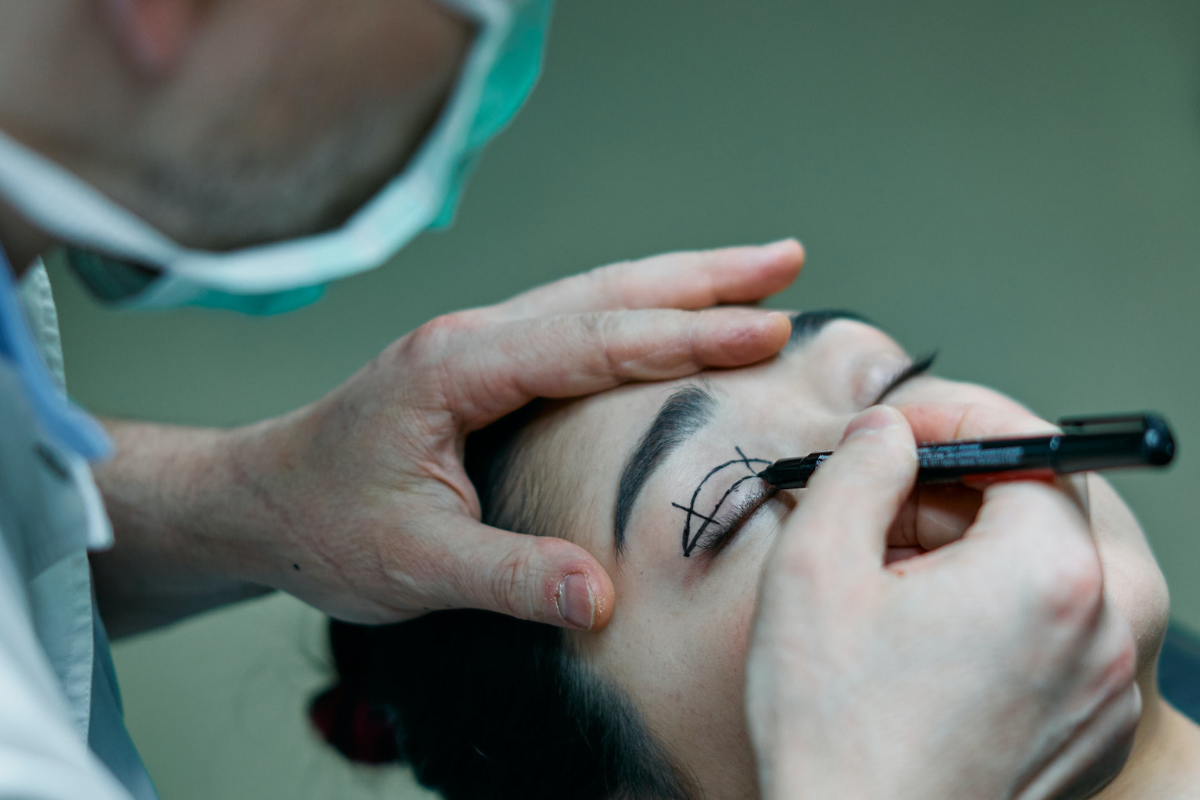The Business of Plastic Surgery provides plastic surgeons and other physicians with an accessible guide for effectively practicing the business side of their medical specialty, from marketing and monitoring their practice to asset protection, building surgical suites and creating medical inventions.
Plastic surgery market growth has seen dramatic acceleration due to an increasing number of product releases and an increasing desire for cosmetic procedures.
Post Contents
Size
Estimating the size of the global plastic surgery industry can be contentious; some estimates place its annual market at as many as 3.5 million patients worldwide.’
Its growth has been driven primarily by an aging baby boomer population willing to spend on cosmetic enhancements to improve their quality of life; the market also benefits from innovative products and technologies designed for surgical procedures.
3D imaging technology can be an invaluable asset for breast augmentation patients to use when visualizing different breast augmentation designs, to make sure they’re getting exactly what they paid for.
Not only can this technology improve patient satisfaction but hospital lengths of stay can be reduced considerably when multiple procedures can be conducted at once in one room without disrupting daily activities of all participants involved.
At the core of every successful practice lies patient safety and happiness; that requires keeping them informed and educated on all their options as well as anticipated treatment outcomes, in plain English rather than using medical jargon to do this.

Trends
Plastic surgery refers to medical techniques used to enhance or reconstruct physical appearance for cosmetic or reconstructive reasons.
Companies involved in this industry provide services through specialist clinics where licensed professional doctors perform both surgical and non-invasive procedures.
Over the past decade, cosmetic procedures have seen exponential growth. Non-invasive facial rejuvenation treatments such as dermal fillers and botulinum toxin injections are particularly popular; these provide numerous benefits including decreased recovery time and less discomfort.
Non-surgical procedure demand is expected to grow over the forecast period due to greater awareness about aesthetic treatments and technologically advanced devices becoming available on the market.
Women are increasingly opting for cosmetic procedures like breast augmentation and liposuction as part of their aesthetic regimen, propelling market demand for such treatments in developing nations. This trend is expected to remain steady.
Fitness awareness has also increased demand for non-invasive body contouring and fat freezing technologies, prompting more people to opt for these non-invasive body-sculpting and fat freezing technologies.
These technologies have become increasingly popular across the US, where they’re being used to reduce fat deposits and enhance body shape, as well as combat hyperpigmentation or other skin issues.
The global aesthetic surgery and procedures market is anticipated to experience compound annual compound annual growth rate of 9.6% through its forecast period.
This increase can be attributed to increasing interest among consumers for minimally invasive cosmetic procedures that reduce recovery times, hospitalization rates, and pain levels.
Additionally, the industry is witnessing an increase in patients travelling abroad for various procedures, driven by new cosmetic clinics opening and increasing medical tourism.
North America leads the global cosmetic surgery and procedures market. This region boasts a substantial young adult population seeking to improve their appearance.
Rising healthcare expenditure, increased tourism arrivals and an abundance of disposable income all fuel this market’s expansion.
Plastic surgery is a rapidly evolving industry with high competition, leading to lower costs that help practices stay afloat. Finding an established practice with exceptional delivery capabilities is crucial.
Opportunities
Plastic surgery business opportunities present themselves to physicians looking for new career paths; it is wise to carefully consider all aspects that may impede its success in this arena before making your final decision.
One of the most successful strategies used by cosmetic surgeons is developing an effective marketing plan for their practice.
While creating such a plan may take some time and energy, its payoff can help grow your practice over time.
Marketing your brand is essential to creating one. A powerful way of doing this is through creating an online presence – including having a website, engaging with patients and developing content which can be shared across platforms.

An attractive website designed for cosmetic surgery practices can attract new patients and expand the services provided.
A useful plastic surgery website should feature helpful resources that enable patients to make an informed decision regarding which procedure they want.
Additionally, your website should include an easy-to-navigate contact form. This will give potential patients the ability to easily get in touch with you at any time and ensure a quick response time to their inquiries.
Another effective way of improving your plastic surgery website is implementing an email marketing campaign.
This can serve to remind patients about follow-up appointments as well as send promotional offers or specials directly to them.
As part of your overall marketing strategies, make sure that your social media pages are regularly updated with fresh content that gives followers an understanding of who you are and the services provided by your practice. Doing this will give them an accurate representation of who and what the practice are about.
Before and after photos can help promote your plastic surgery business by showing potential patients what the procedure can do for them and showing how their life might change as a result of receiving treatment.
Plastic surgery patients seek a doctor they can entrust, so the best way to build trust and create positive associations in your practice is through sharing invaluable information with them and developing strong bonds of friendship with them.
Risks
Plastic surgery can be an invaluable means of increasing one’s self-esteem and confidence, as well as expanding social life, increasing income, and strengthening personal relationships.
As with any surgery, cosmetic surgery involves risks and may have negative repercussions for some individuals.
Therefore, it’s essential that before going under the knife for cosmetic reasons, your motivations for undertaking it as well as potential risks are carefully considered with your surgeon and loved ones.
Dr. Turner will walk you through your risks and possible complications to enable you to make an informed decision regarding your procedure.
He will work alongside you to reduce these risks, guaranteeing an excellent result for your procedure.
Follow your doctor’s instructions during pre- and post-surgery care to reduce risk, such as not smoking prior to surgery as this increases the risk of blood clots that could slow healing time or even result in infection that would extend recovery period time further.
Hemorrhage is another potential complication during and post surgery, often occurring as a collection of blood accumulating anywhere on the body during or after surgery and leading to pain and discomfort for patients.
Hemorrhages occur in approximately 1 percent of breast augmentation surgeries and 20 percent of facelift procedures.
Other complications risks may include nerve damage or numbness, which could interfere with facial expressions or lead to drooping eyes (ptosis).
Furthermore, infections are always possible; proper wound care and frequent hand washing can help protect against them.
As many complications are avoidable, they should not deter you from receiving the procedures that you want.
To ensure the success of your operation and prevent complications from arising, follow your surgeon’s instructions and take the necessary precautions to reduce risks and complications.
Certain individuals undergoing surgery are at a greater risk for complications because of their age, health status or genetics.
For instance, overweight and diabetic patients have an increased risk of blood clots during and post surgery.
If you are concerned about potential risks following your surgery, Kristina Zakhary, a renowned facial plastic surgeon, is highly experienced in facelift, rhinoplasty and neck lift procedures, and can provide invaluable advice regarding the risks and complications that could occur with your procedure.






























